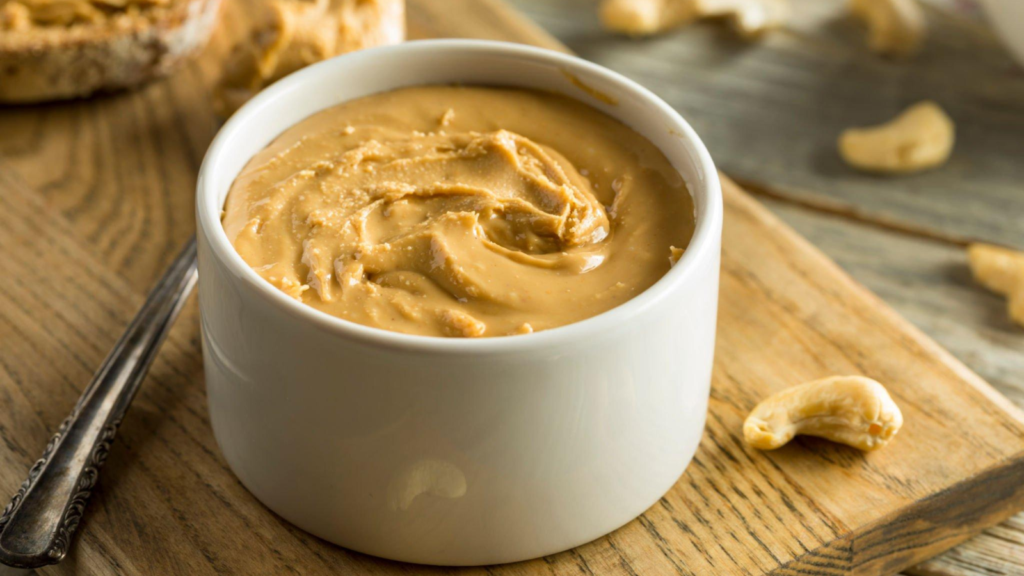Indian cuisine is a vibrant tapestry of flavors, colors, and textures. But the question remains: is Indian food healthy? With its rich history and diverse ingredients, Indian food offers a unique perspective on nutrition. In this article, we will delve into the health aspects of Indian food, examining its ingredients, cooking methods, and cultural significance.
Understanding Indian Cuisine
Indian cuisine is not just one type of food; it’s a culinary journey that varies by region, culture, and tradition. From the spicy curries of the South to the rich gravies of the North, each dish tells a story.
Key Characteristics
- Spices: Turmeric, cumin, coriander, and cardamom are staples.
- Diversity: Vegetarian and non-vegetarian options abound.
- Cultural Significance: Food is often tied to festivals and rituals.
Nutritional Components of Indian Food
The question “is Indian food healthy?” can be answered by looking at its nutritional components.
Macronutrients Breakdown
| Nutrient | Average Content (per serving) |
|---|---|
| Carbohydrates | 40-60% |
| Proteins | 10-25% |
| Fats | 15-30% |
Micronutrients
Indian dishes often include:
- Vitamins: A, C, E from vegetables and spices.
- Minerals: Iron from lentils and beans.
Common Ingredients and Their Benefits
To determine if Indian food is healthy, it’s important to note that it is packed with ingredients that offer numerous health benefits
Spices
- Turmeric: Anti-inflammatory properties.
- Ginger: Aids digestion and reduces nausea.
- Cumin: Improves digestion and boosts immunity.
Legumes
- Lentils (Dal): High in protein and fiber.
- Chickpeas: Rich in vitamins and minerals.
Vegetables
- Spinach (Palak): Loaded with iron.
- Cauliflower (Gobi): High in antioxidants.
Cooking Methods: Healthier Choices
How food is prepared can significantly impact its healthiness.
Common Cooking Techniques
| Method | Health Impact |
|---|---|
| Frying | High in unhealthy fats |
| Steaming | Retains nutrients |
| Grilling | Lower fat content |
Healthier Alternatives
- Use less oil when sautéing.
- Opt for steaming or grilling instead of frying.
Regional Variations in Healthiness
When considering if Indian food is healthy, it’s essential to recognize that not all Indian food is created equal; regional variations can significantly affect its healthiness.
North India
- Rich gravies with cream may be less healthy.
South India
- Rice-based dishes with lentils are generally healthier.
East India
- Fish dishes are often steamed or grilled, making them healthier options.
West India
- Use of coconut can add healthy fats but also calories.
Real-Life Examples: Healthy Indian Dishes
Here are some dishes that exemplify the health benefits of Indian cuisine:
Healthy Options
- Chana Masala: Chickpeas cooked with tomatoes and spices.
- Benefits: High in protein and fiber.
- Palak Paneer: Spinach with cottage cheese.
- Benefits: Rich in iron and calcium.
- Sambar: Lentil soup with vegetables.
- Benefits: Packed with protein and vitamins.
- Tandoori Chicken: Marinated chicken cooked in a clay oven.
- Benefits: Low in fat compared to fried options.
Quick Reference Table
| Dish | Main Ingredients | Nutritional Benefits |
|---|---|---|
| Chana Masala | Chickpeas, tomatoes | High protein |
| Palak Paneer | Spinach, cottage cheese | Iron-rich |
| Sambar | Lentils, mixed veggies | Protein + vitamins |
| Tandoori Chicken | Chicken, yogurt | Low-fat |
Potential Health Concerns
While many aspects of Indian food are healthy, there are some concerns to be aware of:
High-Calorie Dishes: Some traditional dishes can be calorie-dense due to:
- Excessive use of ghee or cream.
Sodium Content: Many curries can be high in sodium due to added salt or processed ingredients.
Portion Sizes: Large servings can lead to overeating, even with healthier options.
Conclusion: Is Indian Food Healthy?
So, is Indian food healthy? The answer is nuanced:
- Yes, if you focus on whole foods like vegetables, legumes, and spices.
- No, if you indulge in heavy gravies or fried foods frequently.
By making informed choices about ingredients and cooking methods, you can enjoy the rich flavors of Indian cuisine while maintaining a balanced diet.
In summary, with its diverse ingredients and cooking styles, Indian food can indeed be part of a healthy lifestyle—if approached wisely!


